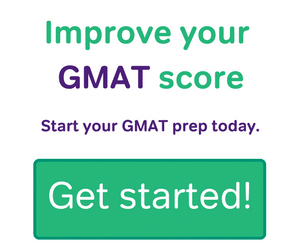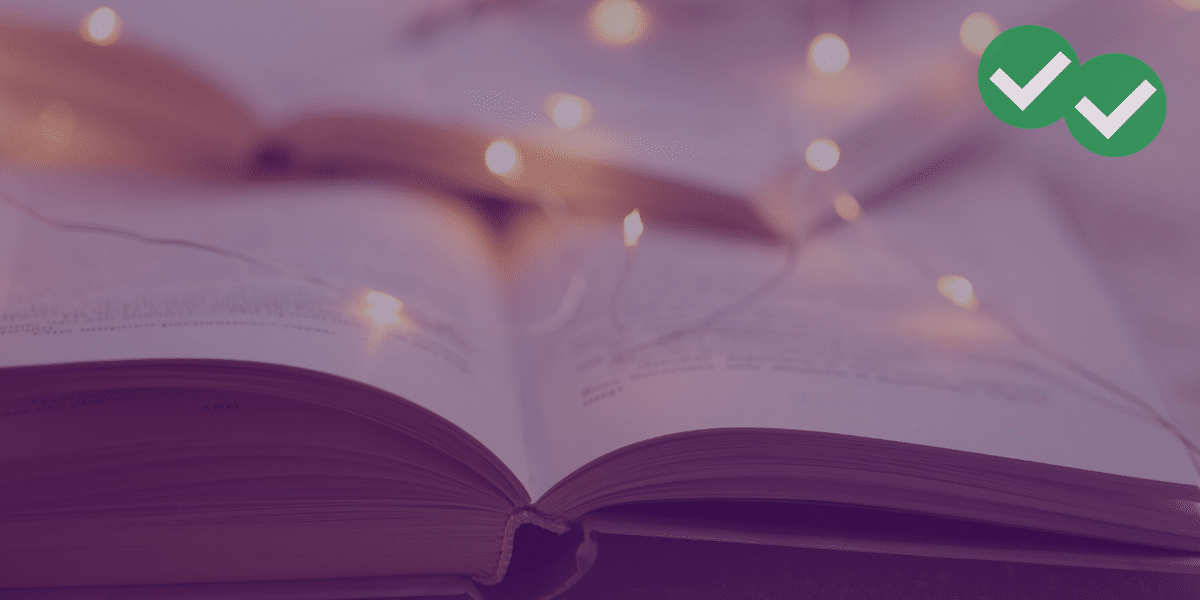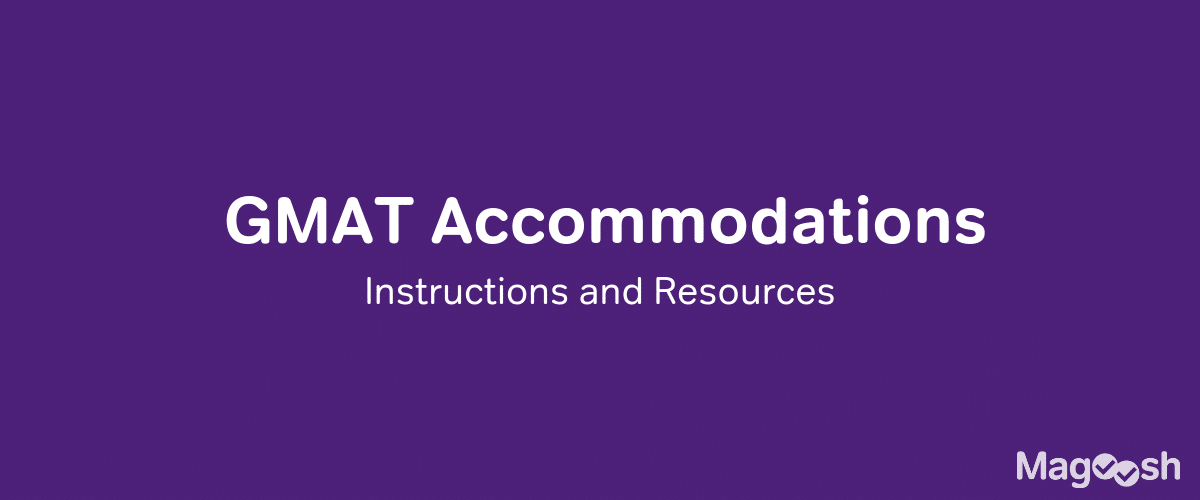UPDATE: You can find this blog and others about idioms in our new GMAT Idiom eBook!
The astute reader will recognize the self-referential error in the above sentence. The first thing any prospective GMAT test taker needs to learn about this is the If vs. Whether split, so common on GMAT Sentence Correction. Beyond this, there are characteristic idioms involving the word “whether”:
asks whether
question whether
wonder whether
depends on whether
All of these follow the same pattern. The word whether introduces a substantive clause which describes the uncertainty in question.
1) The lawyer asked whether the client knew the suspect before the incident.
2) The Congressional committee questioned whether the general had overstepped his authority in detaining the soldiers.
3) The baseball manager wondered whether his team would be able to rally from 5 runs down.
4a) The professor said he doubted whether most Americans could locate Afghanistan on a blank world map.
This one also could be expressed as a “that” clause:
4b) The professor said he doubted that most Americans could locate Afghanistan on a blank world map.
The last idiom can involve just one “whether clause” after the word “on”, or two “whether” clauses, one as the subject and one as the object of the preposition “on”.
5) The taxes a couple pays depends on whether they are married.
6) Whether a star becomes a black hole at the end of its life depends on whether its remaining mass, after successive red giant stages, is sufficiently large.
7) Whether the state will be able to avoid a full-blown recession depends on whether the agricultural sector is able to rebound this year.
Summary
Know the idioms given in bold in this post. As always with idioms, read, read, read! Search for the idioms in this post in context. You understand English best when you understand it in context.






Leave a Reply